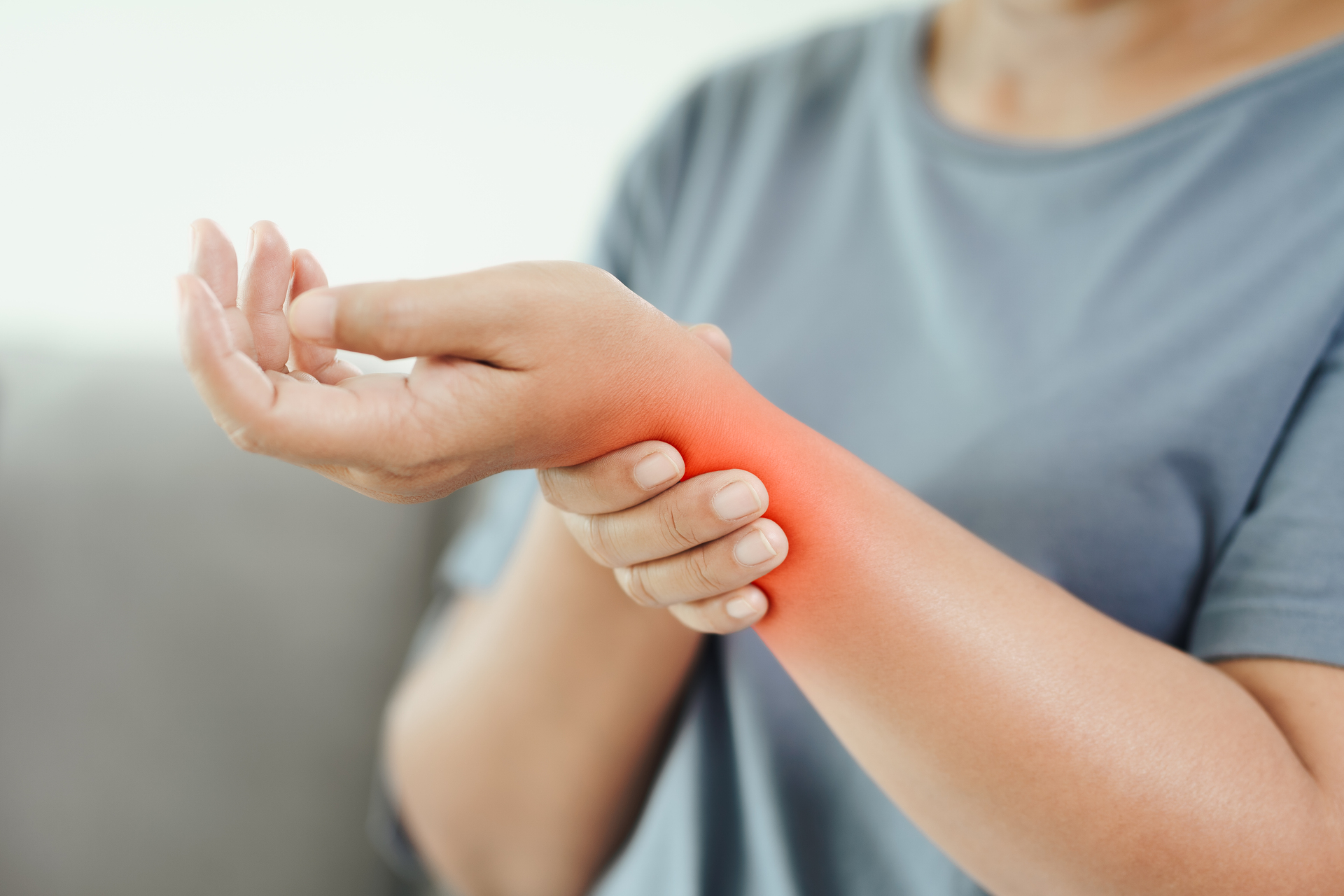- About
- Programs
- After School Classes
- All-School Assemblies
- The BE KIND Business
- The BE KIND Community Education Center
- The BE KIND SCHOOL
- BE KIND on the MOVE
- Classroom Resources
- #CyberSkills
- Family Engagement
- Fitness Programs
- Gardens
- Grace’s Group
- Health & Wellness
- Summer Programs
- Teacher Training
- Wellness Wednesday
- Athletes for Arizona
- Events
- Get Involved
- Donate
Musculoskeletal Disorders Explained
- Home
- Wellness Wednesday
- Disease Prevention
- Musculoskeletal Disorders Explained
Aches Away
Musculoskeletal Disorders Explained

Did you know that musculoskeletal disorders (MSDs) affect millions worldwide? MSD – Musculoskeletal Disorders are soft-tissue injuries caused by sudden or sustained exposure to repetitive motion, force, vibration, and awkward positions. These disorders can affect the muscles, nerves, tendons, joints and cartilage in your upper and lower limbs, neck, and lower back.
Some examples of MSDs are tendinitis, carpal tunnel syndrome, osteoarthritis, rheumatoid arthritis, and fibromyalgia. Today’s Wellness Wednesday is here to shed light on MSDs, their impact, and practical steps you can take to prevent them. Empower and BE KIND to yourself with knowledge and strategies to prioritize your musculoskeletal health.
Types of MSDs
MSD – Musculoskeletal Disorders are soft-tissue injuries caused by sudden or sustained exposure to repetitive motion, force, vibration, and awkward positions. These disorders can affect the muscles, nerves, tendons, joints, and cartilage in your upper and lower limbs, neck, and lower back. From a jog around the block to a high five, every move you make involves your musculoskeletal system. MSD is like a reminder from your body that says, “Hey, can we make things comfier around here?” It’s when your muscles, bones, and joints might be causing discomfort.
- Tendinitis occurs when tendons become irritated or inflamed, making it difficult to move the affected joint (often the shoulder, knees, or elbow joint).
- Carpal Tunnel Syndrome occurs when there is swelling in the wrist, compressing the median nerve. It may cause numbness, weakness, or tingling.
- Osteoarthritis occurs when cartilage breaks down, causing bones within a joint to rub together. This can cause pain, stiffness, and other symptoms.
- Rheumatoid Arthritis (RA) is an autoimmune disease that can cause joint pain and inflammation in the joints.
- Fibromyalgia is a long-term, chronic, condition causing pain in the muscles and bones, tenderness, and fatigue.
- Musculoskeletal pain also includes sprained muscles and pain associated with fractures.
MSD Misconceptions
Misconception 1: “MSDs Only Happen to Gym Buffs” – Nope, not true! MSDs don’t discriminate. Whether you’re a yoga guru, a video game master, a moderate hiker, or just a super chill Netflix connoisseur, your muscles, bones, and joints are all in on the action.
Misconception 2: “They’re Only for the Elderly” – Au contraire! MSDs can drop by at any age, surprising even the youngest among us. It’s like a party crasher you didn’t invite – but we’re here to show you how to kick it out with style.
Misconception 3: “It’s All About the Chair” – While chairs get their fair share of blame, let’s not forget that MSDs can sneak up in various scenarios – even when you’re out strutting your stuff in comfy shoes!
Misconception 4: “Just Ignore It, It’ll Go Away” – Oh, how we wish it were that simple! Ignoring MSDs is like pretending your phone battery will magically recharge itself. It’s time to give your body some TLC and tackle the issue head-on.
Misconception 5: “Stretching? Nah, Not Needed!” – Stretching is like giving your body a high-five and a big ol’ hug. It’s not just for the yogis – it’s for all of us who want to keep our muscles limber and ready for action.
MSD Tips and Tricks
Tip 1: “Ergo-Magic” Workspace: Wave your wand (or just adjust your chair) for an ergonomic workspace. Your chair, desk, and screen should be best buddies – making your body go, “Ahh, this is comfy!”
Tip 2: Get Up and Groove: Make your body do the happy dance by taking mini breaks to stretch, wiggle, and maybe even throw in a robot move or two. Trust us, your muscles will thank you.
Tip 3: Love Your Feet: Give those feet some love with comfy shoes that feel like clouds. Happy feet, happy you!
Tip 4: Core Care: Channel your inner superhero with exercises that strengthen your core. It’s like wearing a comfy belt that supports your entire body.
Tip 5: Posture Power-Up: Imagine you’ve got a superhero cape – now stand tall and proud! Good posture is your secret weapon against MSDs.
Tip 6: Stretchy Superhero: Embrace your inner yogi with regular stretches. It’s like a workout for your muscles that keeps them flexible and ready to rock.
Tip 7: Hydration Magic: Stay hydrated to keep your muscles and joints in top-notch shape. Water – it’s like a potion for your body’s best performance!
Tip 8: See a doctor for chronic pain. They can help identify if you have an MSD, which type, and how you can treat it.
Remember, your body is your ultimate sidekick, and keeping it happy and healthy is the ultimate victory. Whether you’re busting a move, conquering the office chair, or just giving your muscles a little love, you’ve got the power to make a difference.
Published on December 6, 2023
Questions? Comments? Want to contribute to the Wellness Wednesday Blog?
Send your ideas to info@bkpp.org.

Learn More about The Be Kind People Project®
- Programs
- After School Classes
- All-School Assemblies
- The BE KIND Academy
- The BE KIND Business
- The Be Kind Break
- The BE KIND School
- The BE KIND on the MOVE
- #CyberSkills
- Family Engagement
- Fitness Programs
- Gardens
- Grace’s Group
- Health & Wellness
- Summer Programs
- Teacher Training
- Wellness Wednesday
- Athletes for Arizona
Copyright © The Be Kind People Project | Privacy Policy



